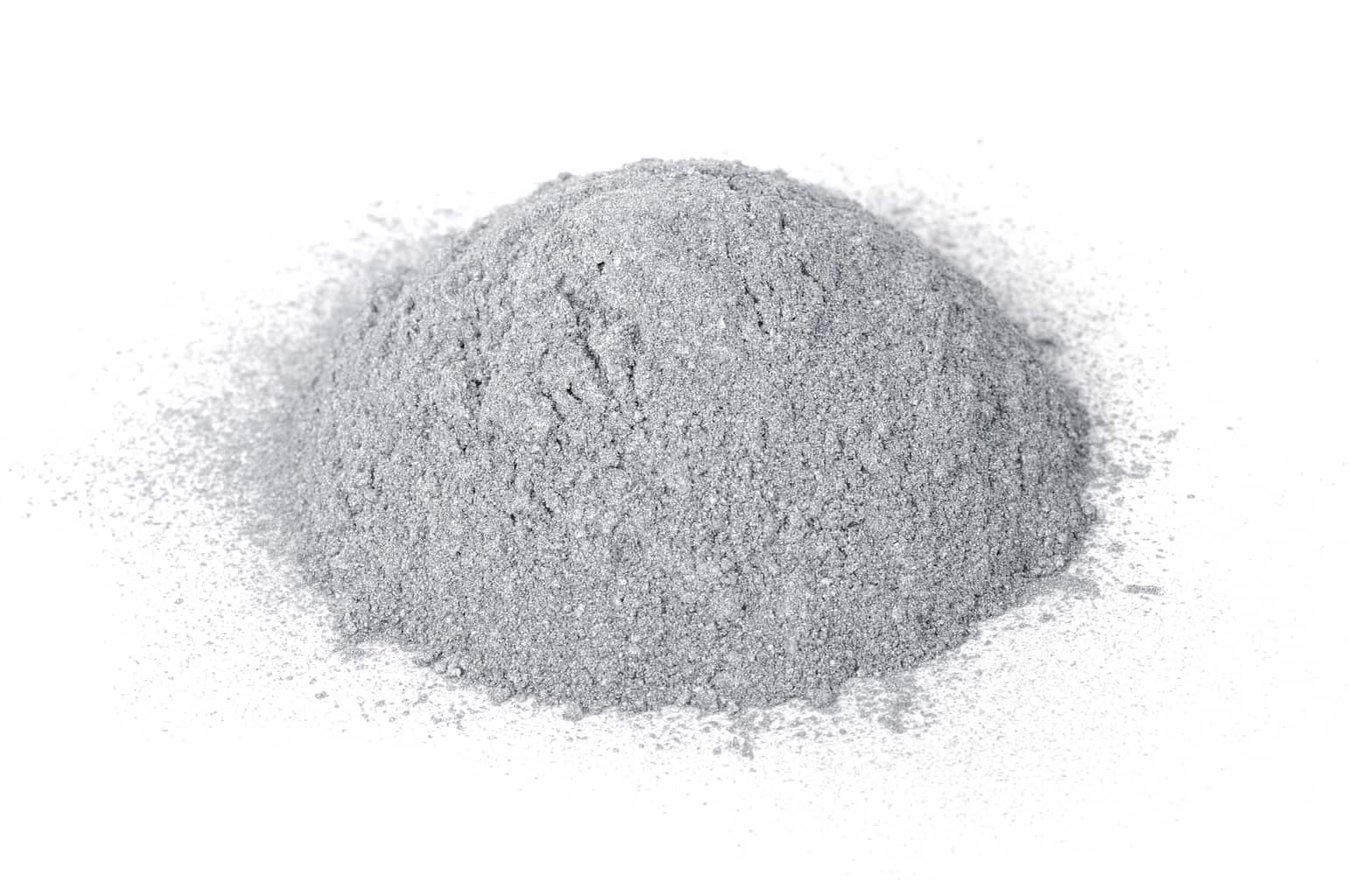
[cmamad id=”7663″ align=”center” tabid=”display-desktop” mobid=”display-desktop” stg=””]
Aluminum has always been on this planet.
But throughout most of our history, aluminum remained underground.
It stayed bound solidly in clay and rock particles.
But the high strength-to-weight ratio of this element led to its widespread demand in construction.
And then its chemical properties led to its use in the food industry.
The first cases of Alzheimer’s were reported in Germany — just a few years after aluminum mining became common.
And we’ve been studying it ever since.
When you look through a microscope at brain tissue with Alzheimer’s, you see some unusual features.
You see tangled up protein strands called neurofibrillary tangles.
[cmamad id=”7664″ align=”center” tabid=”display-desktop” mobid=”display-desktop” stg=””]
It’s well-known that these tangles link back to dementia, but it took nearly a century to discover the cause.
In the early ‘60s, two separate research groups simultaneously studied these tangles.
Both teams induced the tangles in rabbits by injecting them with aluminum — and only aluminum.
One group, Klatzo, Terry, and Peña, showed that aluminum caused these problems, but other elements had little effect.
A few decades later, Daniel Perl measured relatively high levels of aluminum at the center of the tangles.

He used a very fine laser to vaporize the center of the tangles under a microscope.
Then he measured the vaporized aluminum with mass spectroscopy.
He focused on tau protein chains — tau protein chains are the proteins that make up our nervous system.
The tau proteins contain phosphate, and then that phosphate attracts the aluminum.
The aluminum causes crosslinks in the tau protein chains, leading to tangles.

Aluminum is unusual in this respect.
And it’s not all bad, we’ve used this crosslinking effect with success in tanning leather.
But it’s not so great when it comes to our brains.
Researchers think that the problem has something to do with the size of the aluminum atom.
They also think that its energy versus its size is part of the issue.
Aluminum is one of the smallest charged atoms found within the body.
It has the highest charge to size ratio out of any element.

Because of its small size and chemical makeup, it’s the only element able to tangle with tau proteins.
Dr. J.R. Walton recently discovered a stain (phloxine B) that allows doctors to see the aluminum in Alzheimer’s patients.
It’s very useful for observing aluminum-fed animals in studies as well.

It shows up as magenta.
This image shows how increased dietary aluminum leads to increased aluminum in the brain.
These new microscopic staining techniques confirmed the link.
On top of this ironclad chemical proof, several studies confirm the relationship.
In a famous historical case, the Camelford water incident of 1988 led to an accidental aluminum poisoning in England.

People who were exposed to the contaminated water at Camelford suffered considerable damage to cerebral function.
They use aluminum sulfate routinely as part of water treatment in public water supplies.
Its high charge attracts particles into clumps, and then they sink to the bottom.
The food industry uses it in many places as a food additive — common uses are:
- In baking powder in baked foods
- A flow agent in cocoa powder and salt
- To lower the melting point in processed cheese
By 1982, almost 2 million kilograms of aluminum per year were used in the USA for all food additives. In the year 2000, almost two million kilograms of aluminum were added to food in the USA for the sole purpose of binding dyes to foods, for coloring snacks and desserts.
Aluminum from food accounts for over 90% of ingested aluminum.
Then aluminum from water treatment contributes the rest.
The longest-running Alzheimer’s water study proves that aluminum in tap water increases Alzheimer’s rates by over 300!!

The study lasted for over 15 years in France, and they analyzed nearly two thousand people.

The evidence for aluminum in Alzheimer’s is so strong that researcher Lucija Tomljenovic remarked:
Out of all bioavailable factors considered, aluminum (Al) is the only one that has been experimentally shown to trigger all major histopathological events associated with AD, at multiple levels.
But the aluminum industry fights against this proof.
Pioneering Alzheimer’s researcher Daniel Perls talks in an article about who the deniers are.
Persistent critics of the concept that aluminum plays a potential role in the pathogenesis of Alzheimer’s disease. Curiously, at the same time they were providing these criticisms, some also were serving as paid consultants to the aluminum industry.
Nobody will defend aluminum for free — it’s that bad.
But some people will do it for money, but then, some people will do a lot of damage for money.
Despite mountains of evidence, aluminum compounds remain on the FDA’s “generally recognized as safe” (GRAS) list.
So people really need to read labels — because the FDA is not helping.

http://clinchem.aaccjnls.org/content/clinchem/34/2/265.full.pdf
Evidence for Participation of Aluminum in Neurofibrillary Tangle Formation and Growth in Alzheimer’s Disease
http://content.iospress.com/download/journal-of-alzheimers-disease/jad100486?id=journal-of-alzheimers-disease%2Fjad100486
Chronic Aluminum Intake Causes Alzheimer’s Disease: Applying Sir Austin Bradford Hill’s Causality Criteria
http://content.iospress.com/download/journal-of-alzheimers-disease/jad132204?id=journal-of-alzheimers-disease%2Fjad132204
Aluminum and Silica in Drinking Water and the Risk of Alzheimer's Disease or Cognitive Decline: Findings From 15-Year Follow-up of the PAQUID Cohort
https://academic.oup.com/aje/article/169/4/489/119824/Aluminum-and-Silica-in-Drinking-Water-and-the-Risk
Disturbance of cerebral function in people exposed to drinking water contaminated with aluminum sulphate: retrospective study of the Camelford water incident
http://www.bmj.com/content/319/7213/807

Leave a Reply